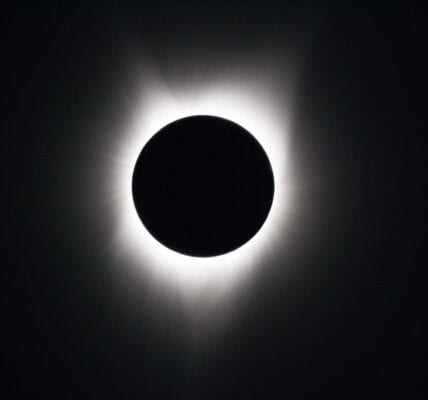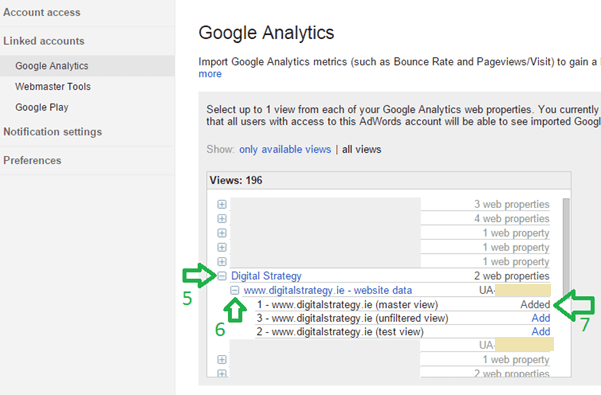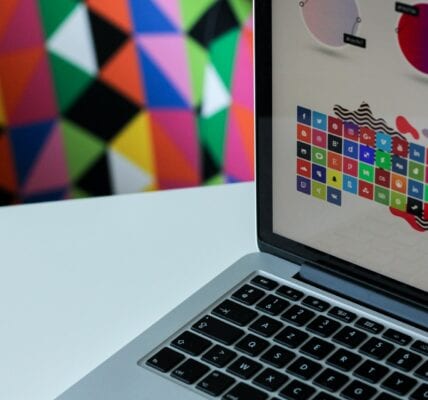Why Luxury Brands should use VR ?
This article will discuss about the use of VR to create customer’s experience during pandemic times when remote interactions are privilegied, throught the question “Why Luxury Brands should use VR ?”. Read out to find useful information on how you can bring VR into your luxury brand sales strategy.
What Is VR ?
VR is the acronym for Virtual Reality, which represents all the technologies capable of bringing the user into a virtual or real space, different from the one he actually is in. Most of the time, a headset is needed to capture all the movments from the user in order to retranscript them into the virtual world, so that the user is able to get into this environment as he would do in the real life. He can look in all the directions, and even move in the virtual space in 3 dimensions. There are differents types of virtual reality experiences and headsets, mostly categorized based on the following factors:
- degrees of freedom of movement (DoF)
- 3 DoF for simple 360 view headsets
- 6 DoF for advanced headsets in which users can move
- Hand Tracking
- No hand tracking for simple headset
- Interaction with the VR world with our real hands for advanced headsets
- Latency & Framerate
- High latency (>20ms) and low framerate (<70Hz) which can cause motion sickness for the user
- Low latency (<20ms) and high framerate (>70Hz) makes the experience more confortable
These three criterias are the mojor ones when buying a headset. Even if the Roomscale capability of a headset – which represents the ability for the headset to know where you are in your room whithout having any external sensors – is one of the technologies that helps the most in popularizing the VR technology, nowadays nearly all the headsets have it, so it’s no longer a really interesting criteria to my point of view.

VR Isn’t AR and MR !
Like other new technologies, Virtual Reality is sometimes confused with other immersive technologies like Augmented Reality (AR) and Mixed Reality (MR). It’s important to notice that the major difference between these technologies is the balance between reality and computed or simulated reality. As discussed in this article dedicated to AR, in augmented reality, the user is able to see virtual things with his smartphone for example, in the real life, using the camera, like objects, animals or cars, everybody with a smartphone capable of AR can try Augmented Reality with 3D animals using google AR tools. Mixed Reality requires a lot more prerogatives as it allows the user to interact with real objects as he would do in the real life, but with a special lense that analyzes the real world and create virtual elements in it.

Luxury Brands and the Customer Experience
Luxury brands are not only selling products and their tangible characteristics, but also the experience they give to their customers. As some luxury brands are now becoming more accessible throught the diversifiation of their distribution channels, they should be aware of the anti-laws of marketing and remember that adopting mass-market codes might leads them to a future they might not want. We can easily understand that luxury brands now should use customer experience to ensure their brand image and perceiption from consumers. By using only online retailing plateforms, e-commerce websites and online retailers, they are more and more forgeting about the customer experience, key to success in the market. That’s why marketers should think about a way to adapt new technologies to luxury marketing codes. Because a lot of new online retailers were created in the last decades and customers have differents objectives when buying the same product in the real boutique and or in an online retailing store, doing sales the whole year.People want an experience when they open a store’s doors, not just shopping.
People want an experience when they open a store’s doors, not just shopping.
Sandrine Deveaux, store manager at Farfetch
Simulate an Offline Customer Experience for Luxury Brands, Online !
Like some of the Hermès shops in Paris did, some marketers decided to think about how they can give access to their boutiques whithout letting customers coming in, respecting restrictions due to the COVID-19. They used different tools like their online e-commerce website, their instagram and facebook pages, but also video-calls with customers to provide the best customer experience to their clients. VR could have been one of them. We know that consumers are not all equiped with VR headsets now – especially because of the price and the lack of utility perceived by general public -. But the development of low-costs solutions of VR headsets and the communication about this new technology might help general public to adopt it and use it in an everyday basis in the short or medium term. In the case of a pandemic, brands would be able to let customers visit and shop in their boutiques nearly the same way they would have done going physically in the stores. This could be reinforcing the customer experience, so important for luxury brands.





Recent Comments